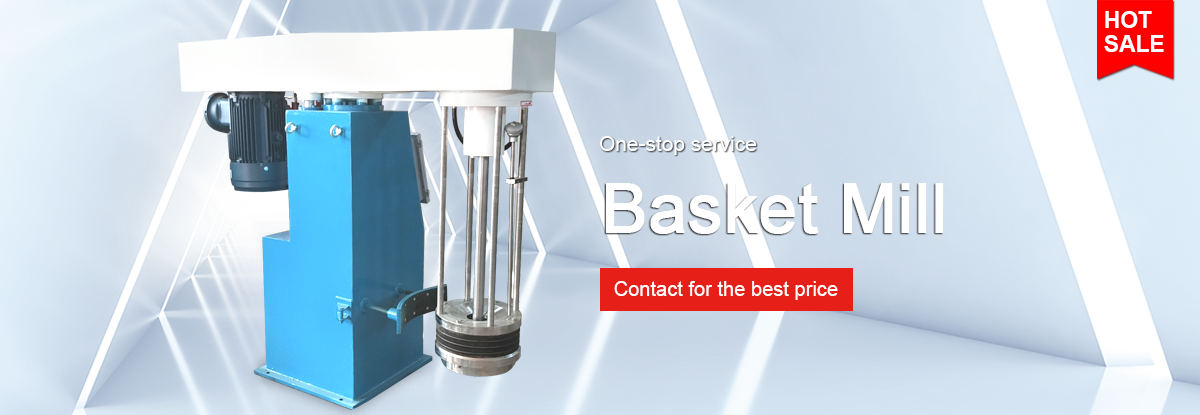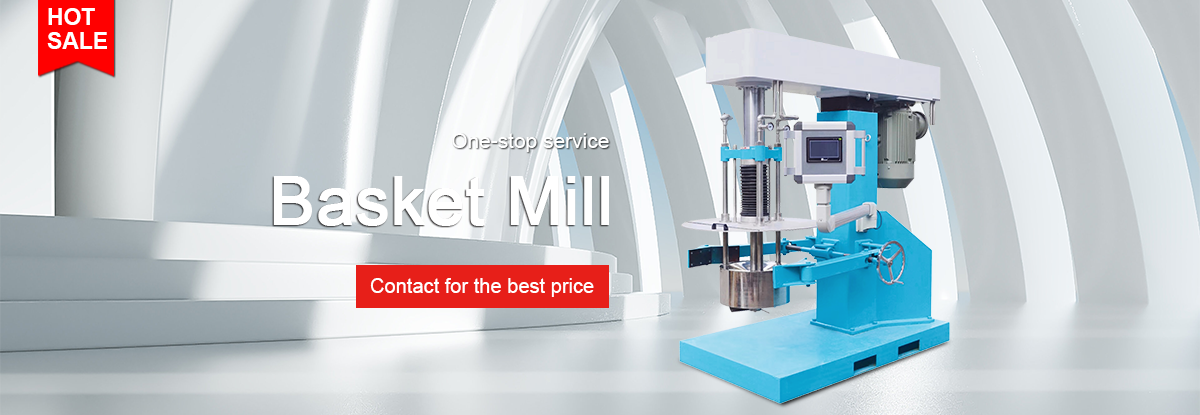-
Equipments
-
-
NEWS
- Double planetary mixer new t...
- Multiple paddle options of D...
- Double planetary mixer is th...
- Multiple mixing tanks with d...
- Double planetary mixer for c...
- Double planetary mixer can b...
- Double planetary mixer has E...
- Double Planetary Mixer Excel...
- Principle of asteroid rotati...
- Efficient and uniform mixing...
-
Contact Us
Or Contact Info
-
Coating
-
-
NEWS
- Double planetary mixer new t...
- Multiple paddle options of D...
- Double planetary mixer is th...
- Multiple mixing tanks with d...
- Double planetary mixer for c...
- Double planetary mixer can b...
- Double planetary mixer has E...
- Double Planetary Mixer Excel...
- Principle of asteroid rotati...
- Efficient and uniform mixing...
-
Contact Us
-
Adhesives
-
-
NEWS
- Double planetary mixer new t...
- Multiple paddle options of D...
- Double planetary mixer is th...
- Multiple mixing tanks with d...
- Double planetary mixer for c...
- Double planetary mixer can b...
- Double planetary mixer has E...
- Double Planetary Mixer Excel...
- Principle of asteroid rotati...
- Efficient and uniform mixing...
-
Contact Us
-
Agrochemistry
-
-
Agrochemistry
- Emulsifiable Concentrate
- Suspension Concentrate
-
-
-
NEWS
- Double planetary mixer new t...
- Multiple paddle options of D...
- Double planetary mixer is th...
- Multiple mixing tanks with d...
- Double planetary mixer for c...
- Double planetary mixer can b...
- Double planetary mixer has E...
- Double Planetary Mixer Excel...
- Principle of asteroid rotati...
- Efficient and uniform mixing...
-
Contact Us
-
Battery
-
-
Battery
- Battery Slurries
-
-
-
NEWS
- Double planetary mixer new t...
- Multiple paddle options of D...
- Double planetary mixer is th...
- Multiple mixing tanks with d...
- Double planetary mixer for c...
- Double planetary mixer can b...
- Double planetary mixer has E...
- Double Planetary Mixer Excel...
- Principle of asteroid rotati...
- Efficient and uniform mixing...
-
Contact Us
-
Cosmetic
-
-
Cosmetic
- Lipstick
- Eyebrow Pencil
- Ointment
-
-
-
NEWS
- Double planetary mixer new t...
- Multiple paddle options of D...
- Double planetary mixer is th...
- Multiple mixing tanks with d...
- Double planetary mixer for c...
- Double planetary mixer can b...
- Double planetary mixer has E...
- Double Planetary Mixer Excel...
- Principle of asteroid rotati...
- Efficient and uniform mixing...
-
Contact Us
The Ultimate Revelation of Basket Mill
A basket mill is basically for grinding grains and other materials into flour or meal. The mills were driven first by horses, although the Industrial Revolution saw the introduction of clockwork motors. Basket mills were once common in North America and Europe to produce flour for breadmaking - 60% of all bread sold in 1910 contained ground grain produced with a basket mill. Basket mills may also be used to process oats, corn, or poppy seeds into meal; wheat bran; quinoa; soybeans; sunflower seeds; hemp seed meal, etc.
What is a lab basket mill?
Lab basket mill is applicable for grinding raw material, and it can be widely used in the industry. The lab basket mill can crush many kinds of ores, such as feldspar, calcite, talc, kaolin, wollastonite, barite, and so on. The working principle of the lab basket mill is that the motor drives the eccentric roller to rotate continuously through the belt transmission pulley at the top of the mill. The material will then be ground by a rotating gear wheel that has many teeth. The energy will be transmitted from eccentric roller to gear-wheel through gears inside the mill to drive rotating gear-wheel, which consists of a series of blades evenly arranged around a disk or circular plate with holes. The grinding material will be ground by rotating gears. To enhance the duration, belt tension needs to be adjusted regularly. The lab basket mill is widely used in applications like metallurgy, mining, oil and gas production, and chemicals.
 Lab Basket Mill
Lab Basket Mill
The lab basket mill mainly consists of a grinding mill, cage, and motor. The material to be ground is put into the grinding mill by workers and the material does not enter the crate because of a safety protection device (the door of the grinding mill is closed), then revolving gears will take away energy from the eccentric roller to spin. And then blades will divide and grind materials simultaneously, and then the material will be collected by a belt conveyor. The motor drives the mill, and the big gear wheel drives the gear wheel through belts.
Lab basket mill is widely used in heavy industries such as mining, metallurgy, oil gas production and chemicals industries, etc. The lab basket mill mainly consists of a grinding mill, cage, and motor. The material to be ground is put into the grinding mill by workers, and the material does not enter the crate because of a safety protection device (the door of the grinding mill is closed) then revolving gears will take away energy from the eccentric roller to rotate. And then blades will divide and grind materials simultaneously, and then the material will be collected by a belt conveyor. The motor drives the mill, and the big gear wheel drives the gear wheel through belts.
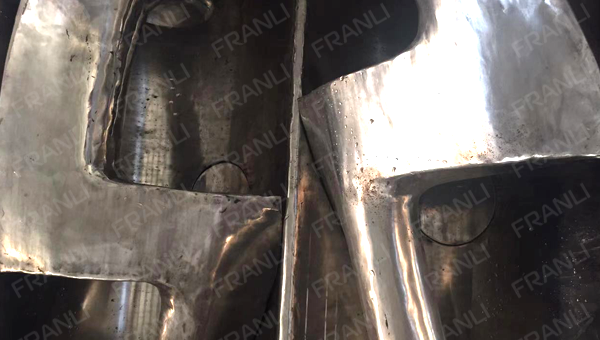
The core part of the basket mill
Operation of basket mill
The mills consist of three sub-assemblies; the grain feeder, the grinding mechanism, and the flour hopper. The grain feeder is an elevated trough for milling grains (it is large enough to hold 75 kg of wheat). The bin or hopper, a rectangular box a few inches deep, sits on top of the trough. Permanently installed to one side is a feed screw system that feeds grain from the hopper into the turning grinding assembly. The turning grinding mechanism sends ground flour from its outlet back to a storage bin. The modern mills have been updated to use a more efficient belt feed screw.
In operation, the miller places grain in the feeder and pulls a lever or handles a crank which starts the feed screw turning. The screw pulls the grain from the hopper and pushes it into a feeding tube. The grinding mechanism is mounted on top of a pivot point, which allows it to swing out over the hopper for access, then oscillate back into place when not in use. A large metal spring arm with a moveable end engages the grinding mechanism, pushing it into contact with a stone that has been selected using an attached lever on top of the mechanism housing. As the screw pulls grain into the feeding tube, it is ground against the stone. The stone may be flat or concave, smooth or coarsely grooved. The process strips whole grains of their husks and breaks them into large pieces. Only small amounts are lost to waste between the grindstone and hopper.
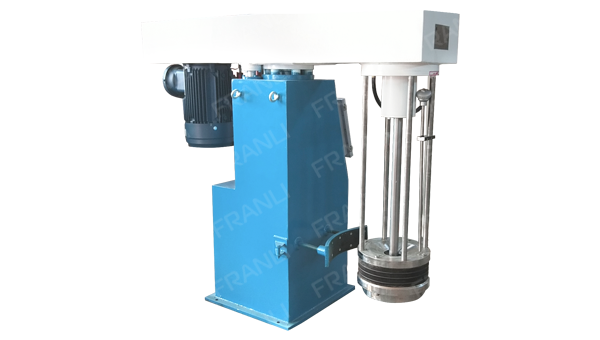 Basket Mill
Basket Mill
The storage bin is a rectangular box with a hinged lid, which holds approximately 2/3 of a bushel (1½ US gallons, 1¾ Imperial gallons). The waste rests on top of the feeder/hopper assembly. Inside are two removable bins that can be lifted out for emptying or refilling by hand or using a small scoop.
To separate the ground grain from the husks and stray bits of stone, a wire screen is installed inside the bin. Some mills also include a tap which allows the thrash to be drained through a hose or pipe. The original hand-driven basket mills were made entirely of wood, but most modern mills are now made with stainless steel and cast iron. The mill's wood and metal components can be purchased new or second-hand from antique mill vendors and on eBay.
 Basket Mill With Mixer
Basket Mill With Mixer
Difference between flour mill and basket mill
There is often some confusion between this type of grain mill and that described as a flour mill. The difference with them is that flour mills grind wheat into flour, whereas basket mills grind other grains into a meal. The two should not be confused, as the mill works very differently.
The grain for flour mills is ground using a grill that spins in a vertical cylinder through which the grain is propelled using many blades. The auger wheels are usually made of metal, while the auger blades are often made of wood. Some mills have both metal and wood components. Flour mills require more maintenance than basket mills, which run more quietly and do not need to be maintained. After grinding, the ground grain goes to a bin above to be weighed and processed further before leaving the milling area via an outlet chute for further processing or storage into cans or other containers.
FLE manufactures basket mills by integrating technology and the traditional design of basket mills. They produce exquisite products that customers are proud of buying.
Copyright Notice :
This article only represents the author's point of view.
This article is published under the authorization of the author.
Source:
This article address : The Ultimate Revelation of Basket Mill
Previous:Exploring the practical aspects of high speed disperser
Next:How to differentiate between horizontal & vertical milling with pearl mill
Related Suggestion:
Double planetary mixer new type of mixing equipment
Multiple paddle options of Double Planetary Mixer
Double planetary mixer is the first choice for paste materials
Multiple mixing tanks with double planetary mixer
Double planetary mixer for chemical products
Double planetary mixer can be vacuum feeding
Related Products
-

Vacuum Double Planetary Mixer
A Vacuum double planetary mixer is an essential part of any industry to mixing particular material. A double planetary m...
-

Laboratory Double Planetary Mixer
Laboratory double planetary mixer is a kind of non-standardized strong mixing and mixing equipment developed by FLE for ...
-

Hydraulic Lifting High Speed Disperser
The hydraulic lift high speed disperser has the characteristics of simple operation and high flexibility.The hydraulic l...
News
-
28
2023-04
-
28
2023-04
-
28
2023-04
-
28
2023-04
-
28
2023-04
-
28
2023-04
- Tricks About Ointment Mill You Wish You ...
- A deep insight into Sand Mill Machine
- What is the difference between dyno mill...
- How To Choose Vertical Bead Mill or Hori...
- What is a three roll mill machine?
- Three Roll Mills: Their mechanism, advan...
- Specification of high speed disperser an...
- high speed disperser machine application
- Faults and Trouble Shooting Methods of H...
- How to operate High-Speed Disperser












